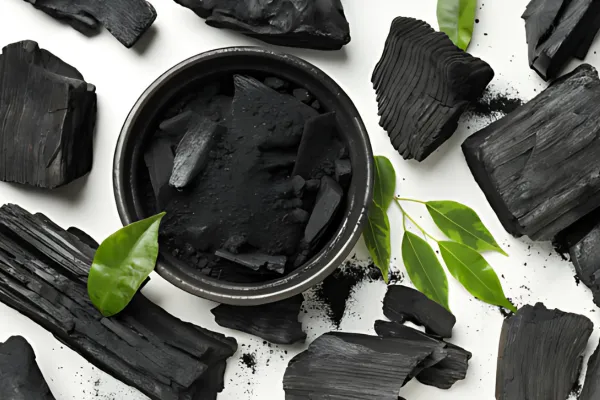
How Binders Actually Work in Mold Toxicity: Clearing the Path to Recovery
What Are Binders?
Binders are substances that physically attach to toxins in the gastrointestinal (GI) tract so they can be safely eliminated from the body. In mold illness, they play a crucial role in capturing mycotoxins—harmful compounds released by molds like Stachybotrys, Aspergillus, and Fusarium, especially in water-damaged buildings.
These toxins can linger in your body, triggering chronic symptoms, even after you've left the exposure. Binders act like magnets or sponges in your gut, grabbing onto these toxins before they’re reabsorbed and helping your body excrete them through the stool.
Why Binders Are Essential in Mold Illness
Mycotoxins are notoriously difficult to remove from the body:
They’re fat-soluble, so they can lodge in tissues and organs.
They get caught in enterohepatic circulation—a recycling loop between the liver and the gut.
They contribute to neuroinflammation, immune dysregulation, and mitochondrial stress.
Binders help interrupt this toxic loop, reduce the burden on your liver and immune system, and make detoxification more efficient and tolerable.
How Binders Work in the Body
Step 1: Toxins Enter the Gut via Bile
As your liver filters toxins, it dumps them into bile, which is then secreted into the intestines. Without a binder present, these toxins can be reabsorbed back into your bloodstream—keeping you sick, inflamed, and fatigued.
Step 2: Binders Latch Onto Toxins
Taken at the right time, binders sit in your digestive tract and attach to these toxins—rendering them too large or complex to be reabsorbed.
Step 3: The Toxins Are Eliminated
Once bound, the toxin-binder complex is safely carried out through your bowel movements, giving your body a chance to rest, repair, and heal.
When and How to Take Binders
Timing Matters
To work effectively and avoid unwanted interactions, binders should be taken:
With meals – taking binders with food can aid bile flow and improve binding opportunities in the gut.
At least 2 hours away from medications and supplements – binders can unintentionally grab onto things you do want to absorb, like minerals, thyroid hormone, or probiotics.
Other Key Tips
Start low and slow – detoxing too quickly can lead to headaches, fatigue, or flu-like symptoms.
Stay hydrated – binders can be drying and may slow digestion if water intake is low.
Support regular bowel movements – if you're constipated, binders can backfire by trapping toxins in the gut longer.
Why Detox Needs More Than Binders Alone
While binders are essential, they’re only one part of a comprehensive detox strategy. For successful mold recovery, support is also needed for:
Bile flow – using bitters, phosphatidylcholine, or taurine to help the liver and gallbladder move toxins efficiently.
Drainage pathways – like the lymphatic system, liver, and kidneys, to keep things moving.
Mitochondrial support – to restore energy levels and protect tissues from oxidative damage.
Gut repair – since mycotoxins can damage the intestinal lining, increasing inflammation and food sensitivities.
Think of binders as the “toxin catchers”, while these other strategies open the exits and fire up the cleanup crew.
Conclusion: The Power of Precision Detox
Binders are powerful tools in the recovery from mold-related illness, especially when used correctly and strategically. They help you interrupt the toxin recycling loop, clear inflammation, and give your body the space it needs to heal.
If you've been feeling stuck in chronic fatigue, brain fog, gut issues, or immune dysregulation—especially after water damage or mold exposure—adding binders may be the missing link.
